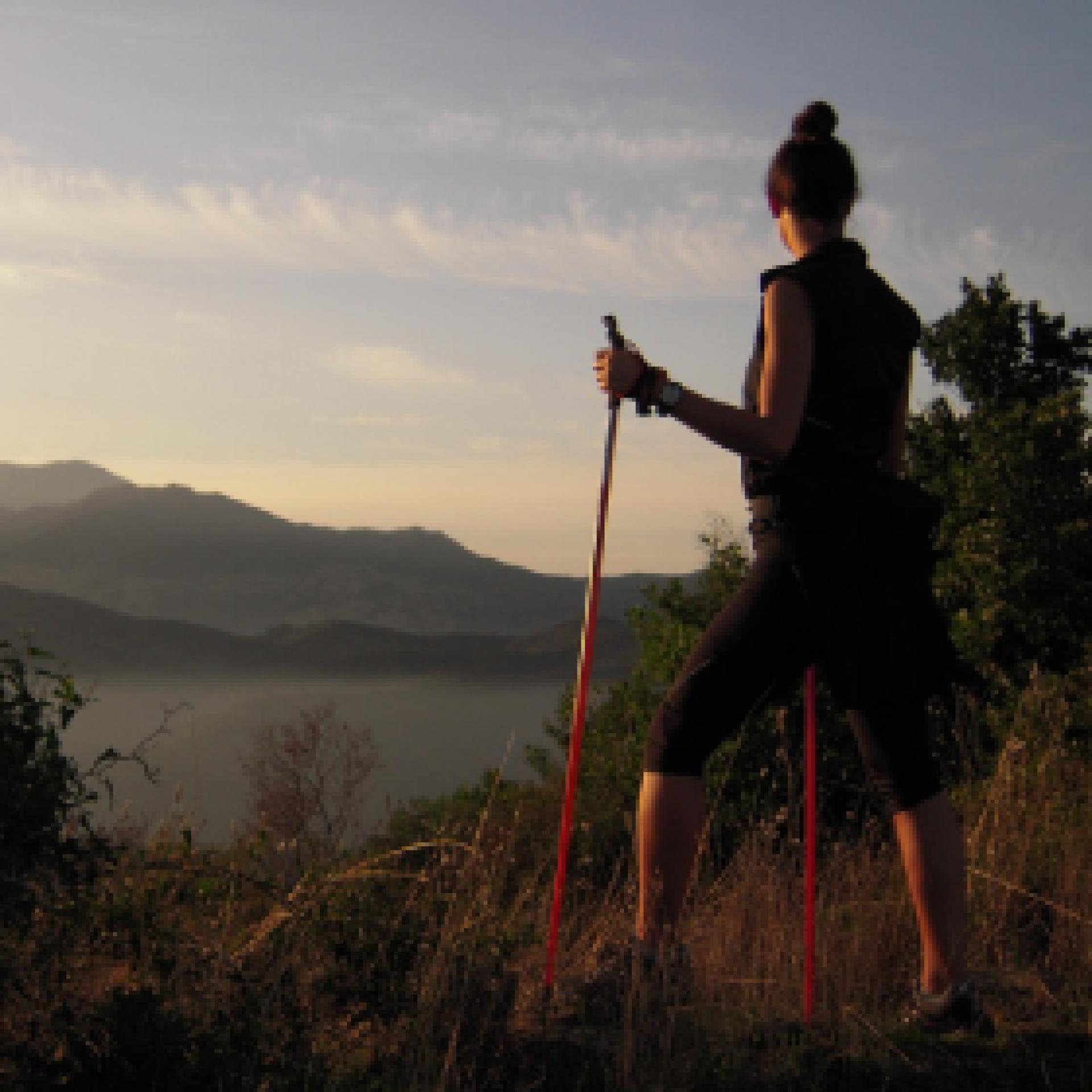Tonara, i boschi. Le strade dei castagni
Accesso
Il centro abitato di Tonara è sovrastato dalla sua montagna e dai suoi bei boschi, un tempo costituiti prevalentemente da castagneti inframmezzati da piccoli orti. Si parte direttamente dal centro del paese, parcheggiando accanto al Municipio e dirigendosi verso la casa natale del Poeta Peppino Mereu, orgoglio tonarese e dell’Isola. Da qui si percorrono le vie XX Settembre, Via Angioy e poi via Galusé che porta alla sorgente omonima, cantata proprio dal poeta locale. Si è al limite estremo del borgo e dalla fonte incomincia una stradina pavimentata che si infila tra gli orti, ombreggiata da castagni e frutteti.
Gli orti
Come in tutti i centri dell’interno, la cintura di orti abbracciava il paese ma a Tonara, vista la forte pendenza dei versanti, questi erano terrazzati e sostenuti da murature a secco. Si rimane sulla strada principale con scarse pendenze, continuando anche quando questa si sterra sotto un fitto bosco. Superato un piccolo guado, al primo bivio che si incontra, si prende a sinistra in ripida salita per un viottolo di campagna circondato da muretti a secco, poi ancora a sinistra ad un incrocio a tre vie successivo. In quest’ultimo tratto si procede circondati dai castagneti che, sebbene oggi in parziale abbandono, costituiscono una ricchezza inestimabile di queste montagne.
Nel bosco
L’ultimo incrocio ha permesso di guadagnare una carrareccia silenziosa ed immersa nel bosco. Si passa subito accanto ad un deposito dell’acqua, proseguendo poi con improvvisi strappi in salita dove, talvolta, la vegetazione si apre permettendo ampie viste panoramiche verso occidente. La faticosa salita è sempre ben ombreggiata e ben presto si giunge a tre incroci in rapida successione, dove si prende inizialmente a sinistra, poi ancora a sinistra e infine a destra in salita, guadagnando una bella sterrata in località Morturasà. Qui si prende a sinistra, in leggera discesa.
I castagneti
La sterrata che si percorre è perfettamente tenuta e si tiene ai margini di una vasta area di rimboschimento. Ben presto però ai cedri ed ai pini neri larici si sostituisce l’albero protagonista di questa montagna: il castagno. Il bel bosco aperto, nel quale figurano alcuni grossi esemplari monumentali, racconta dell’importanza della selvicoltura per queste comunità.
Si passa accanto ad una sorgente, in secca nella stagione estiva, raggiungendo in breve una strada asfaltata: prendendo a sinistra, in discesa si ritornerebbe rapidamente in paese, ma è possibile svoltare a destra all’incrocio successivo per visitare poi la sorgente di Funtana ‘e s’Abe, ottima e fresca in tutte le stagioni, ideale per ristorarsi dopo la lunga camminata prima di rientrare, per le strette vie del centro, all’auto.
Itinerary roadbook
- Log in to post comments

